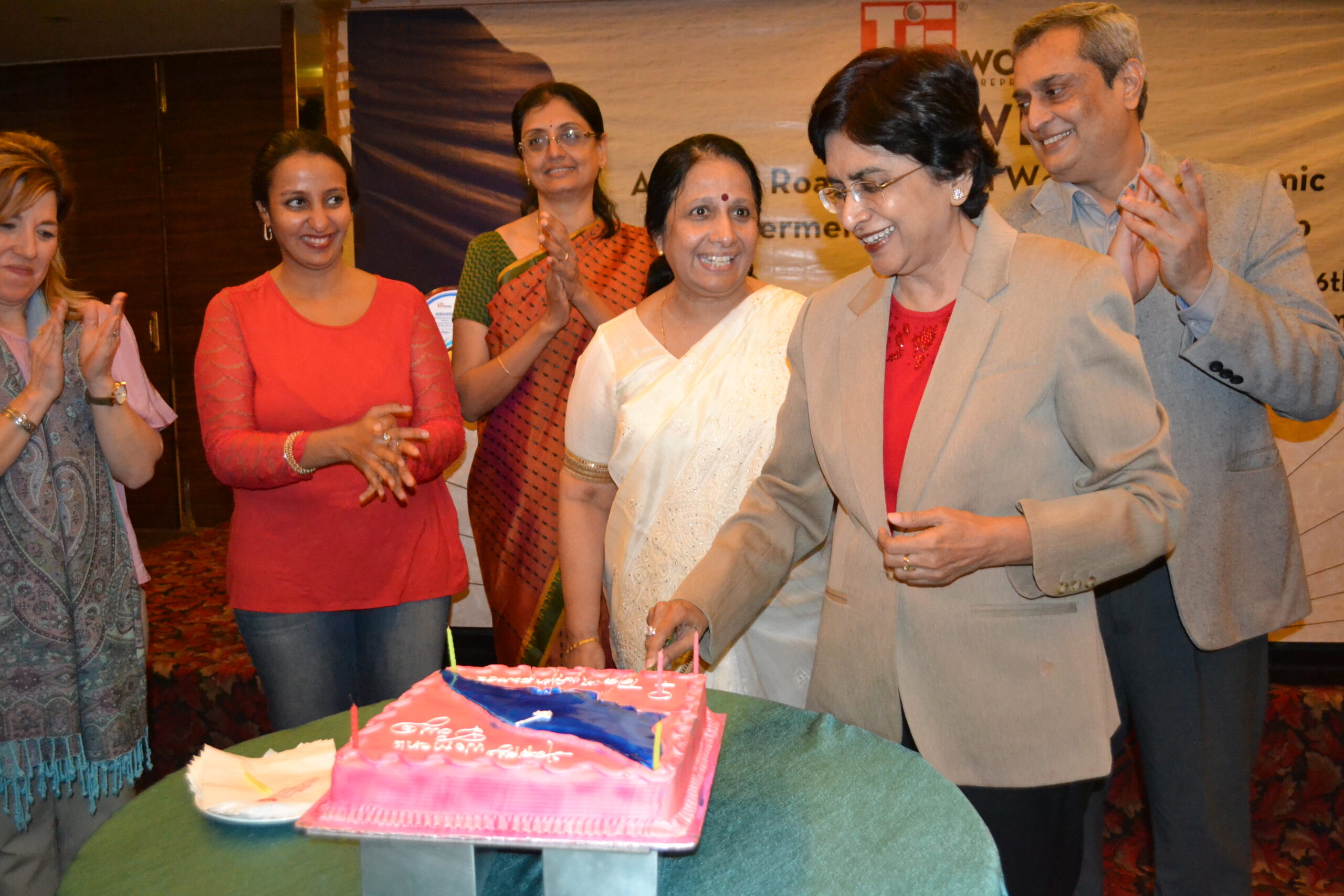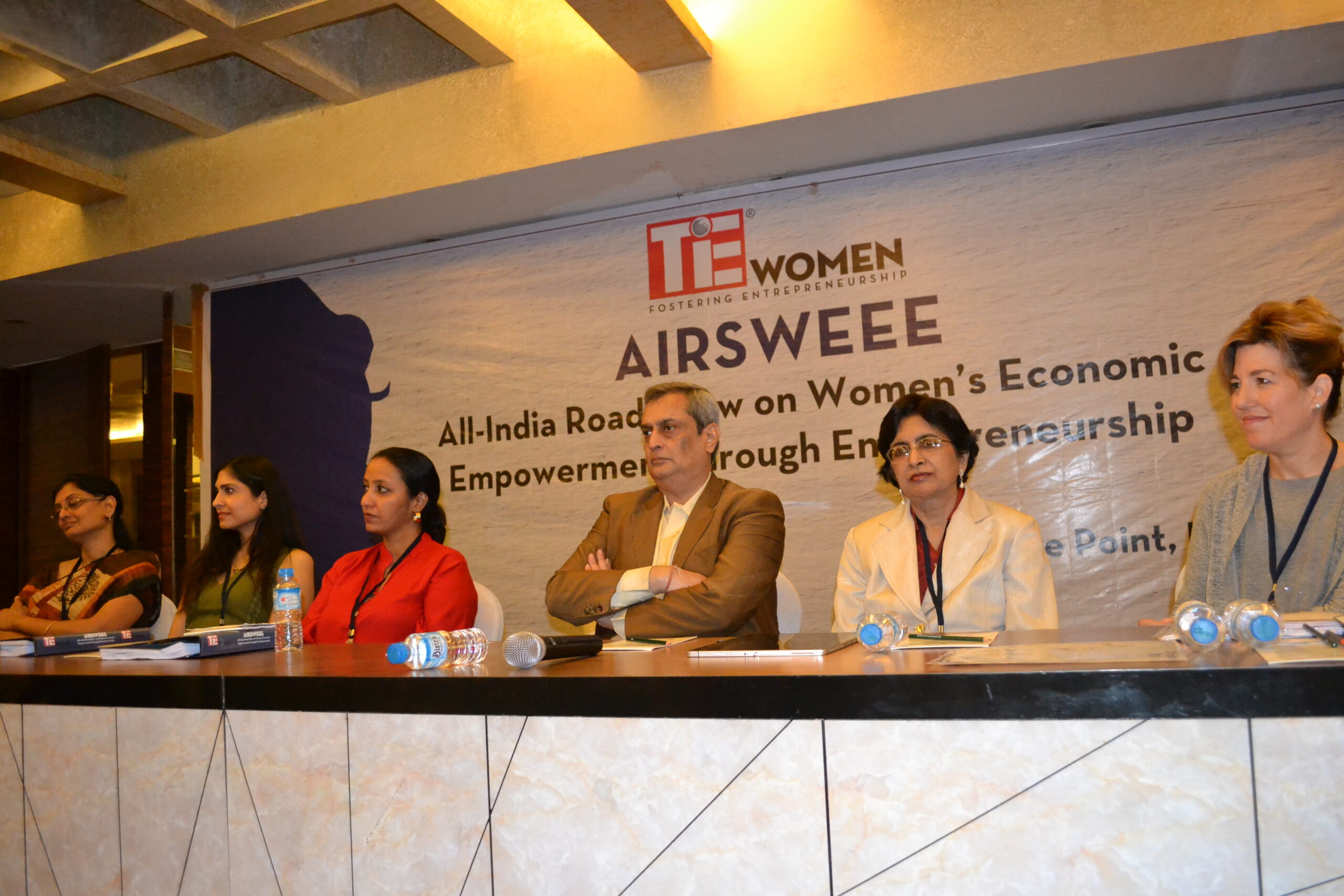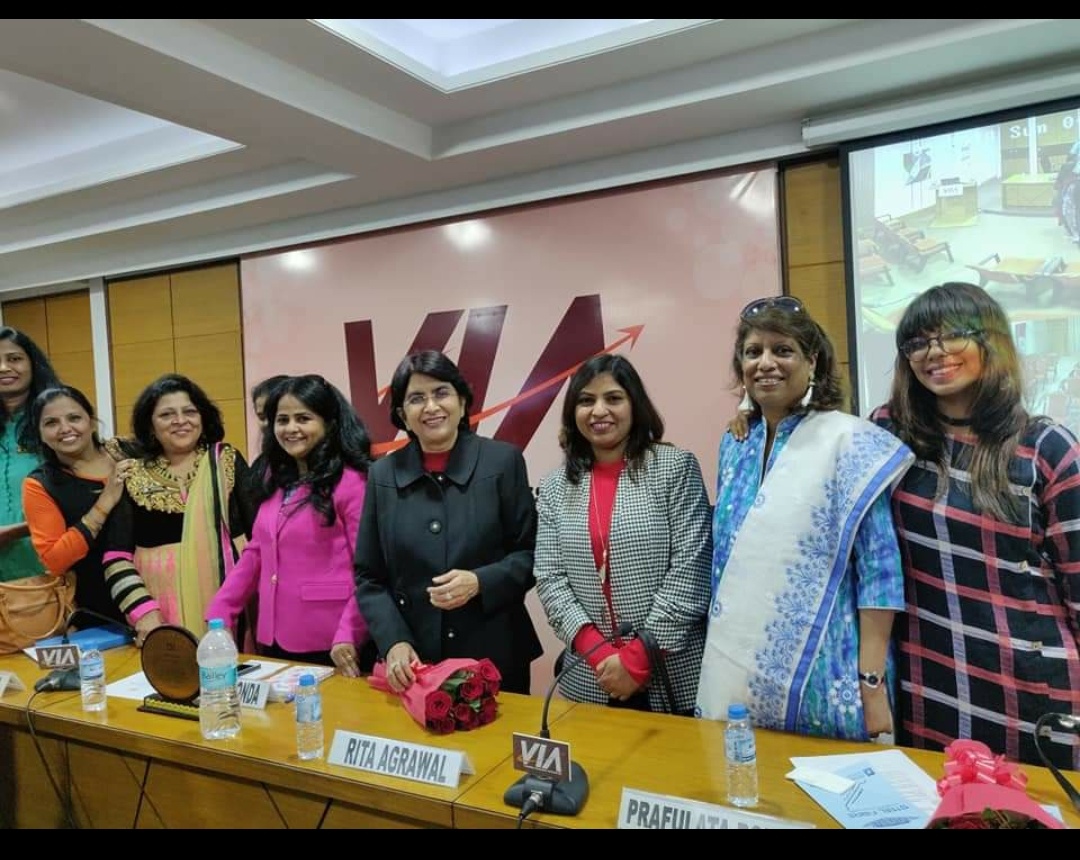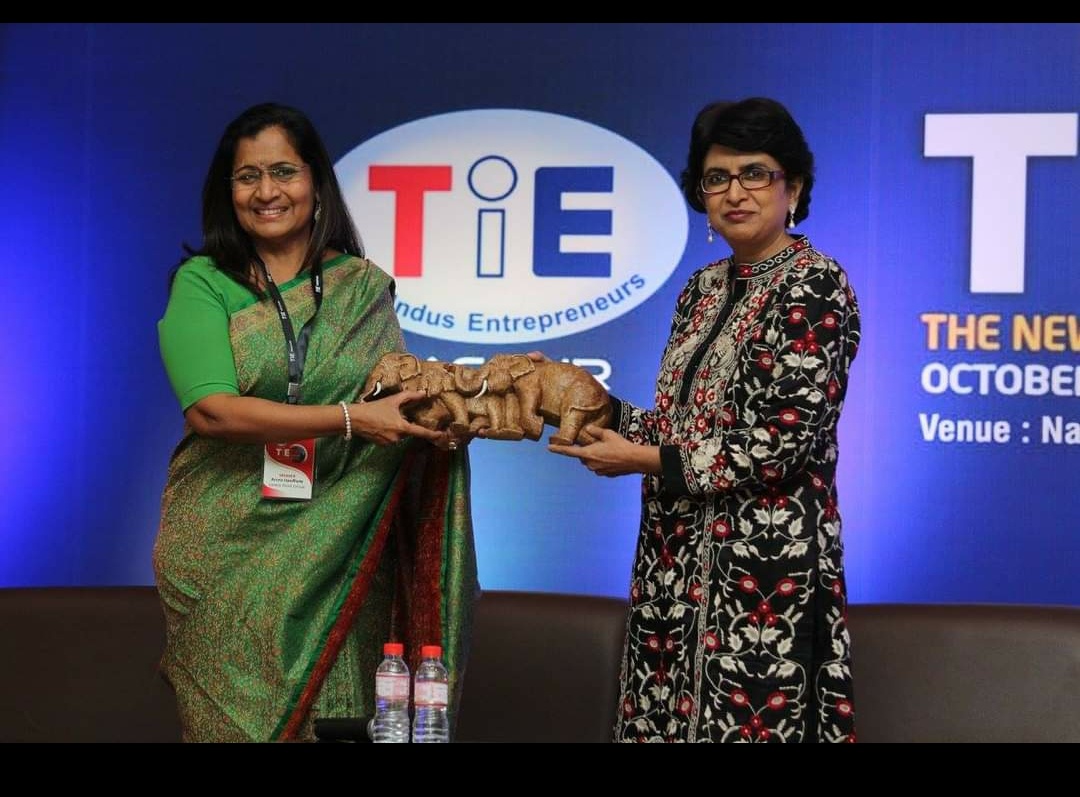Educating girls- 8 October 2014.
Educating girls. That is a really big challenge in Indian conditions. In cities, and in middle class and above homes, we may not even sense that there is a problem. But in smaller towns and villages, the problem of educating girls is really, really serious. For, to make girls go to school is a very major socio-economic problem. Unless that issue is sorted out properly, educating girls will always remain a problem. For, in most rural homes, educating girl is not an issue at all, in the sense the family may not want to spend its resources for that purpose.
That is exactly why Prime Minister Mr. Narendra Modi’s words sounded like music to ears when he said to school children that educating girls was one of his priorities. Of course, a lot of lip service has come in this area from political leaders including Mr. Modi’s predecessors. Almost everybody talked of educating girls, but nobody actually picked up the gauntlet and started doing things in the right direction. But the present Prime Minister appears to be a different type of person. For, he identified a few reasons why educating girls has become such a major problem. One of those reasons is that in lakhs of schools across the country, there are no toilets for girls, and that acts as a negative factor. Obviously, for how many hours can the girls remain in school without visiting a toilet?
So, the Prime Minister now wants to launch a national drive to make all schools in the country have separate toilets for boys and girls. With one impediment removed, the rural homes will have one reason less to discourage girls from going to school.
There are a few other angles as well.
If lack of adequate facilities is a reason that keeps girls away from schools, then there are other primary reasons, such as lack of interest of parents in girls’ education. For, if the girl is to be married off into another family, then where is the need to spend time and money on their education?
This is more critical than not having toilets in schools, for example. For, the need is to change the social mindset on the issue of girls’ education. If the rural families think that their girls can do without education, then the challenge is much bigger than just not having toilets for girls.
In fact, a similar mindset is available in families outside rural India as well. Even though lakhs of girls seem to be going to schools and colleges in urban India, the attention their families give to that cause is hugely suspect. The main idea is to see that the girls become smart enough to be acceptable in the marriage market. And once these girls get married and start their families, they extend similar treatment to their own daughters, and not to sons.
This issue, thus, gets out of the frame and extends itself to the overall societal response to education as a whole — not just to girls but also to the boys. This is one major social challenge that no solution could be coming only from the Government and its leaders. What would be critical in this regard would be a massive nationwide drive to create a greater social awareness so that no girl has stayed without going to school.
Yet another angle that needs to be looked at is the economic independence of girls. In urban India, such independence can come only from education. In rural India, that is not the issue, since women can make whatever living by working as labourers on farms or on infrastructure projects or even in farm produce markets. If economic support is not the issue, then education of girls also may not pose any problem. How do we respond to such a mindset?
Yet, it must be admitted that the Prime Minister appears more genuinely interested in girls’ education than many of his predecessors in the high office. And by any standard, it is heartening.
The country now looks forward to a greater thrust to girls’ education, and there is every reason to believe that some concrete steps can be expected in the near future.









